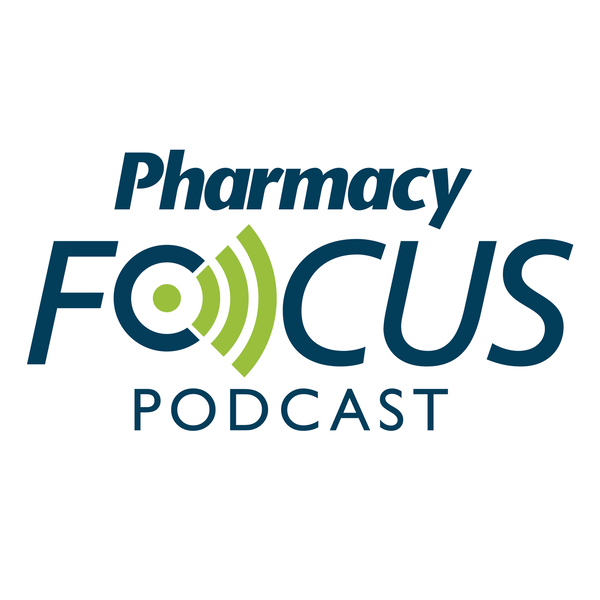Article
The Case for Repurposing Established Drugs in Novel Combination Therapies
Author(s):
Is big pharma overlooking the Goldilocks solutions right under our nose?
Think of the most familiar, common drugs for the widest range of OTC uses. The must-haves in a first aid kit or the drugs at the top of your medicine cabinet—household brands that, despite their age, still produce billions of dollars in sales per year.
Your first thought may have been aspirin. Discovered more than 120 years ago, it was the first non-steroidal anti-inflammatory drug (NSAID). It’s still used today for aches and pains, swelling, fever, blood clotting, and even to reduce heart damage during a heart attack.
Or maybe you thought of Benadryl, a brand name for diphenhydramine. It was the first antihistamine used for allergies, but it can also be a sedative or sleep aid, treat motion sickness, reduce itching skin as a topical ointment, and even help manage the symptoms of Parkinson disease.
Given the many uses these drugs have, you’d wonder what’s special about these molecules. The truth is that the only special thing about them is when they came about. These medications were the first in their respective classes, in a time when there were few drugs on the market, so they were thoroughly investigated to explore the many uses beyond what they were initially introduced for.
But there are dozens of antihistamines that have been introduced since Benadryl and there are more than 20 NSAIDs. Many of these second- and third-generation drugs do a better job, with the same or fewer adverse effects (AEs), or can be used to treat more serious conditions than the everyday household brands. They, like the old drugs, also benefit from decades of safety data. So, why aren’t they as well known or available?
Leapfrogging From Simple NSAIDs to Complex Biologics: What About the More Valuable Goldilocks In-between?
The main factor determining which drugs become OTC staples is where we’ve invested in research. Newer antihistamines and NSAIDs have many improvements over the first generation and could be the most effective choice in many situations.
But these drugs came about during a different time period with a health care system focused on discovering and promoting new drugs rather than looking at the broad spectrum of existing pharmacological molecules and their properties, and all their nuances in different situations or in combinations. When it comes to our research regarding inflammation and ways to control it, pharmaceutical companies have overwhelmingly moved toward biologics.
Biologics, or bioengineered drugs, are complex, delicate proteins or peptides that mimic the complex chemistry of the body. They include drugs such as Humira, an injection used for rheumatoid arthritis and other inflammatory diseases.
Biologics are promising and exciting for many hard-to-treat diseases and they’ve certainly saved lives and reduced suffering around the world. But they are not practical or affordable for the common ills associated with an inflammatory response.
Biologics have to be injected because these long, delicate molecular chains would be broken down and destroyed in the stomach if taken orally. So, in many of these cases, patients must go to an infusion center, disrupting their lifestyle and racking up tens of thousands of dollars in health care costs.
We’re left with interesting new advances, but also a concerning gap in treatment options. The first-line anti-inflammatory drugs have AEs, such as stomach ulcers, and are sometimes not strong enough. Instead of looking at other basic NSAIDs, the next step is an injectable drug.
So, Where’s Our Goldilocks Next Generation Therapies?
I believe that if we could combine particular antihistamines with particular NSAIDs, we can create a super potent anti-inflammatory for intermittent use to modulate the immune system. Provided we do the research to establish efficacy, a new anti-inflammatory combination could provide relief to people around the world at an affordable price.
Most importantly, this would fill a therapeutic gap that currently exists in the immune modulating anti-inflammatory space. Because such a combination product would have 20-30 years of safety data, it could also be offered OTC as the post-pandemic consumer becomes highly aware of their own immune system, its inflammatory response due to environmental factors, and what tools are available to treat it.
Unfortunately, the potential for established, value-added drugs and clinically tested drug combinations to provide affordable, low-risk options to physicians and patients gets lost in the churn of an increasingly top-heavy pharmaceutical industry that prefers to focus on the next big thing. Patients could use more options before resorting to such an extreme, expensive, and lifestyle-changing measure.
Luckily, there is still potential to do that research. Stay tuned, because it’s something I think can help explain why our health care system is so ridiculously expensive, begin taking some steps to solve it, and make health care more equitable and accessible for everyone.
About the Author
Jackie Iversen, RPh, MS, founder and head of Clinical Development Sen-Jam Pharmaceutical Check us out on WeFunder.
Newsletter
Stay informed on drug updates, treatment guidelines, and pharmacy practice trends—subscribe to Pharmacy Times for weekly clinical insights.






